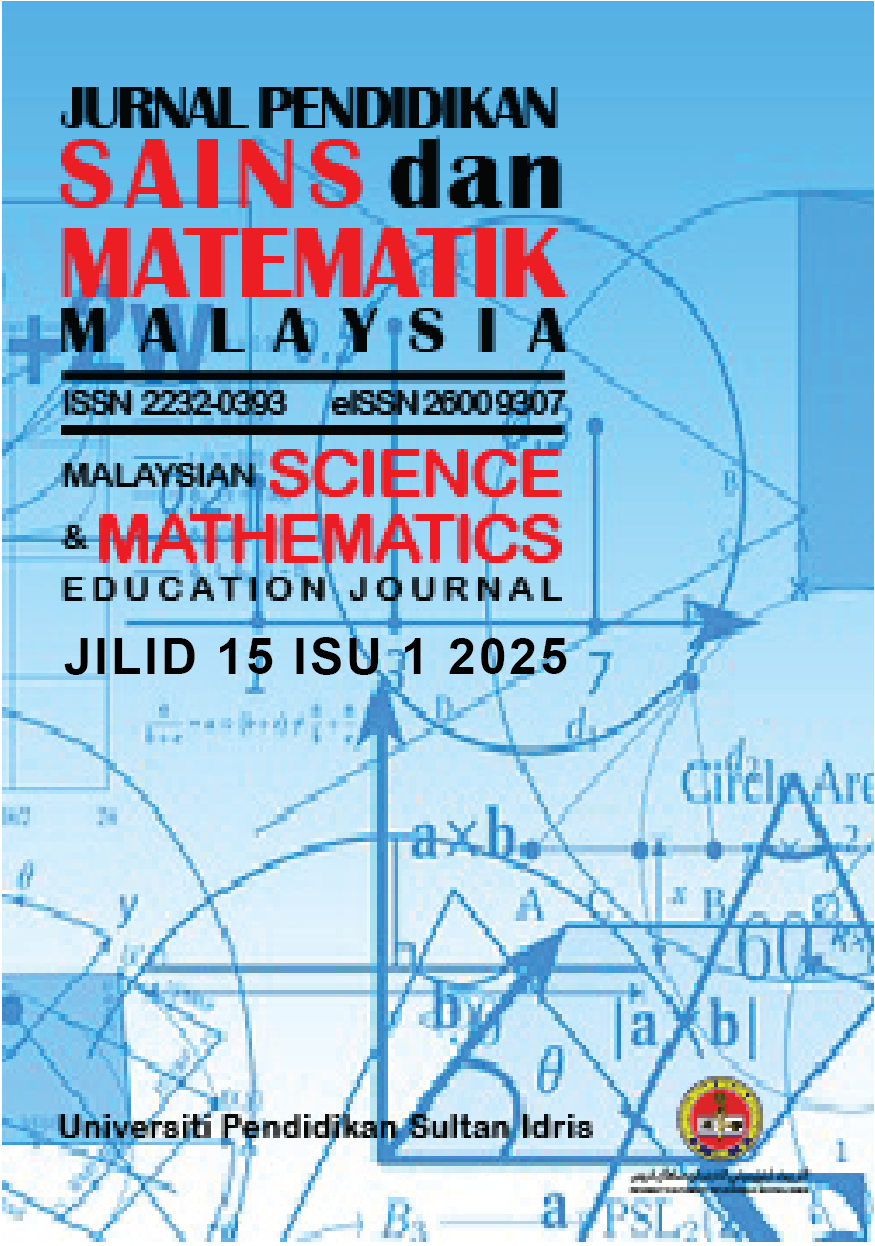Enhancing Primary Year 2 Learning numbers within 1000 with Digital Storytelling
DOI:
https://doi.org/10.37134/jpsmm.vol15.1.5.2025Keywords:
digital storytelling, primary mathematics, numbersAbstract
This study explores the impacts of using digital storytelling to enhance Primary 2 students numeracy skills, specifically focusing on numbers within 1000. Employing a one-group pretest-posttest design, the research involved 35 students who were exposed to a series of interactive digital stories designed to teach numerical concepts and procedural fluency. The digital stories integrated narrative elements with mathematical problems, providing a context-rich environment for students to engage with numbers and operations. Pretest and posttest assessments were administered to evaluate the students' understanding of numerical concepts and their procedural fluency. The mean score increased from 44.11 (SD = 22.75) in the pre-test to 65.17 (SD = 23.86) in the post-test, resulting in a mean difference of 21.06. A paired samples t-test showed that this difference was statistically significant, t = -4.788, p < .001. The results indicated a significant improvement in both areas, suggesting that digital storytelling can be a valuable tool in early mathematics education. This study highlights the potential of integrating technology and narrative-based learning to foster deeper mathematical understanding and engagement among young learners.
Downloads
References
Wu, J., & Chen, D. V. (2020). A systematic review of educational digital storytelling. Computers &Education, 147, 103786. https://doi.org/10.1016/j.compedu.2019.103786
Haylock, D., & Manning, R. (2018). Mathematics explained for primary teachers (6th ed.). SAGE.
OECD. (2022). PISA for development assessment and analytical framework reading, mathematicsand science. OECD Publishing.
May, Y. S., & Ahmad, N. A. (2020). The needs and significance to design and develop a Dyscalculia checklist: Keperluan dan kepentingan untuk mereka bentuk dan membangunkan senarai semak Dyscalculia. Jurnal Pendidikan Sains Dan Matematik Malaysia, 10(2), 8-14. https://doi.org/10.37134/jpsmm.vol10.2.2.2020
Mueller, J. J., File, N., Stremmel, A. J., Iruka, I. U., & Whyte, K. L. (2024). Understanding research in early childhood education: Qualitative and quantitative methods (2nd ed.). Taylor & Francis.
Tall, D. (2013). How humans learn to think mathematically: Exploring the three worlds of mathematics. Cambridge University Press.
Tiong, L. L., Hoe, F. S., Chung, C. W., & Kwoon, L. L. (2021). ESE Problem Solving model in solving mathematical word problems: A preliminary study. Jurnal Pendidikan Sains Dan Matematik Malaysia, 11(1), 39-44. https://doi.org/10.37134/jpsmm.vol11.1.4.2021
Yin, Sally & Mohamad, Maslawati. (2023). Unleashing the Potential: A Systematic Review of Teachers’ Perspectives on Enhancing Teaching Practices through Digital Tools. International Journal of Academic Research in Business and Social Sciences. 13. 10.6007/IJARBSS/v13 -i8/18202.
Sharma, S., Raj, M., Ali, M. M., Sharma, K., Singh, A., & Singh, S. (2024). Design of structure using an adaptive generative AI system for customised eduction for individuals. 2024 IEEE International Conference on Computing, Power and Communication Technologies (IC2PCT). https://doi.org/10.1109/ic2pct60090.2024.10486396
Downloads
Published
Issue
Section
License
Copyright (c) 2025 Celine Lu Siew Che, Sai Hoe Fu

This work is licensed under a Creative Commons Attribution-NonCommercial-ShareAlike 4.0 International License.





